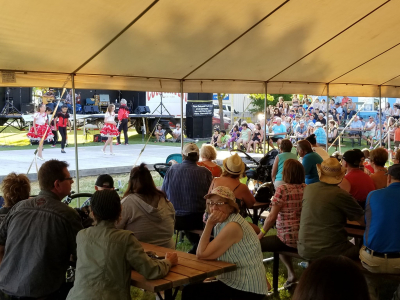Details around the manhunt that gripped northern Manitoba and the rest of the country have been released, thanks to a court challenge put forward by different media outlets.
The dozen warrant applications filed during the extensive search for Bryer Schmegelsky and Kam MacLeod, the teens responsible for 3 murders in northern B.C. unveiled some worrisome details about the murders.
The bodies of tourist couple, Chynna Deese and Lucas Fowler, had bullet entry wounds from the front and back. There were also a number of bullets lodged in the blood-soaked dirt around the bodies, suggesting that the teens kept shooting as the couple was helpless on the ground.
The autopsies performed on the bodies found 7 separate injuries sustained by Deese, and 5 suffered by Fowler. The details of those injuries have not been released.
When police discovered the body later determined to be UBC professor Leonard Dyck, he was lying on his back, bloodied and burned, with torn clothes and several wounds. It was not instantly noticed that he had been shot.
Around Dyck’s body were 13 items including cigarette butts, a Red Bull can, a Molson beer can, plastic flex-ties, and a red cardboard McDonald’s box.
The McDonald’s box is an odd discovery that appeared more than once in the warrants, as the nearest McDonald’s to the crime scenes was in Whitehorse, 8 hours away from the murder scene.
The warrant to search a torched vehicle near Dyck's body makes specific mention of firearms, ammunition and "edged weapons," noting that injuries on the newly discovered body implied a knife and a gun had been used. It also expresses a belief that "biological samples" could be taken from the flex ties.
Police initially believed that the boys were victims of murders themselves, but later discovered that was not the case.
After confirming the teens were in fact suspects and not missing, police went to their parents to try and find clues.
After talking with the boys’ parents, police found several indications that the teens were trying to cut ties with their hometown. McLeod’s girlfriend told police that he had sent her a text saying “Seriously sorry, but I’m not coming back.” When she tried to reach McLeod the night of the murders, he wouldn’t say where he was and ended the call quickly.
During the search, police tried to trace the teens through their debit and credit card purchases, but McLeod’s last purchase was at a Nanaimo sporting goods store (where police later found out that he bought a gun a 39-mm SKS, a non-restricted, semi-automatic rifle, along with a box of shells.)
Schmeglesky’s last purchase was gas at a station on the Alaska Highway.
Attempts to track the suspects through their phone proved fruitless as well, as Schmeglesky’s phone was out of service days before the murders, and McLeod’s phone was switched off with the SIM card removed after he sent one final text home on July 17th. Police later found the bent SIM card next to Dyck’s body.
After weeks of searching for the suspects nearly 3,000 km away from the murders, in Gillam, Manitoba, their bodies were found 8 km from the burnt-out vehicle they had stolen from Dyck in the community.
The pair left behind six videos on a digital camera they had also stolen from Dyck, that have never been released. Police describe the videos as suicide notes, and last wills and testaments
In the videos, the teens admitted to the three murders but failed to provide reasons why they killed the victims, or express any remorse.







